We are told as college students that this is the time when we need to travel the world. The prospect is invigorating, leaving behind what is familiar in the United States to see what life is like beyond the constraints of our own everyday life. I have always been fascinated by travel, wanting to see as much of the world as I could before my time in college came to a close. However, there are many obstacles during college that often restrict our abilities to travel. For one, college students can rarely afford to spend weeks, months, and even years traveling the world. As Honors students, college is the beginning of our journeys in higher education and our careers. We focus on academia and excellent grades while applying to graduate school and our dream jobs. Travel may be a dream for many of us, but at this point in our college careers, it can seem unattainable all things considered. The Honors Program at La Sierra University takes all these factors into account but emphasizes the importance of travel. By allowing Honors students to travel to Malaysia and Singapore for three weeks, La Sierra is investing in students’ understandings of communities and cultures on the other side of the world.
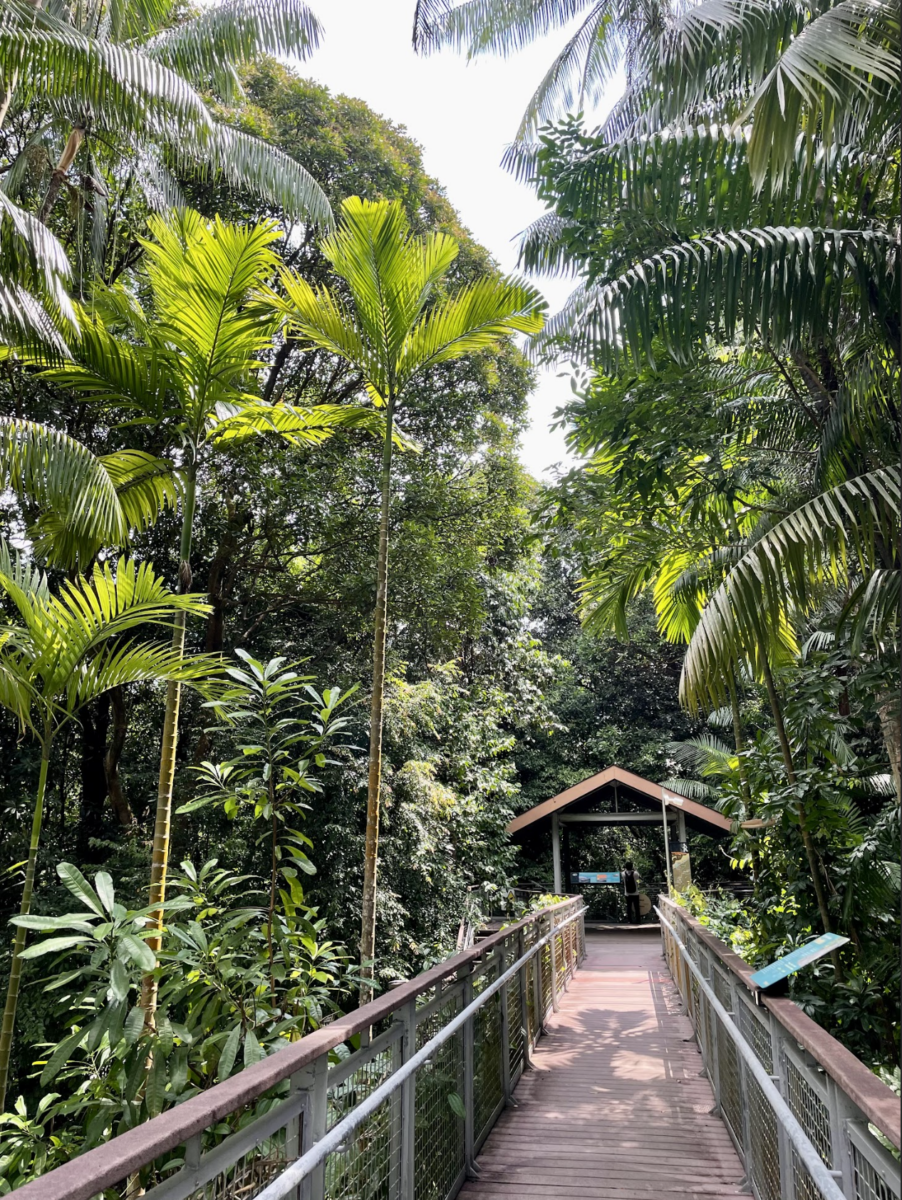
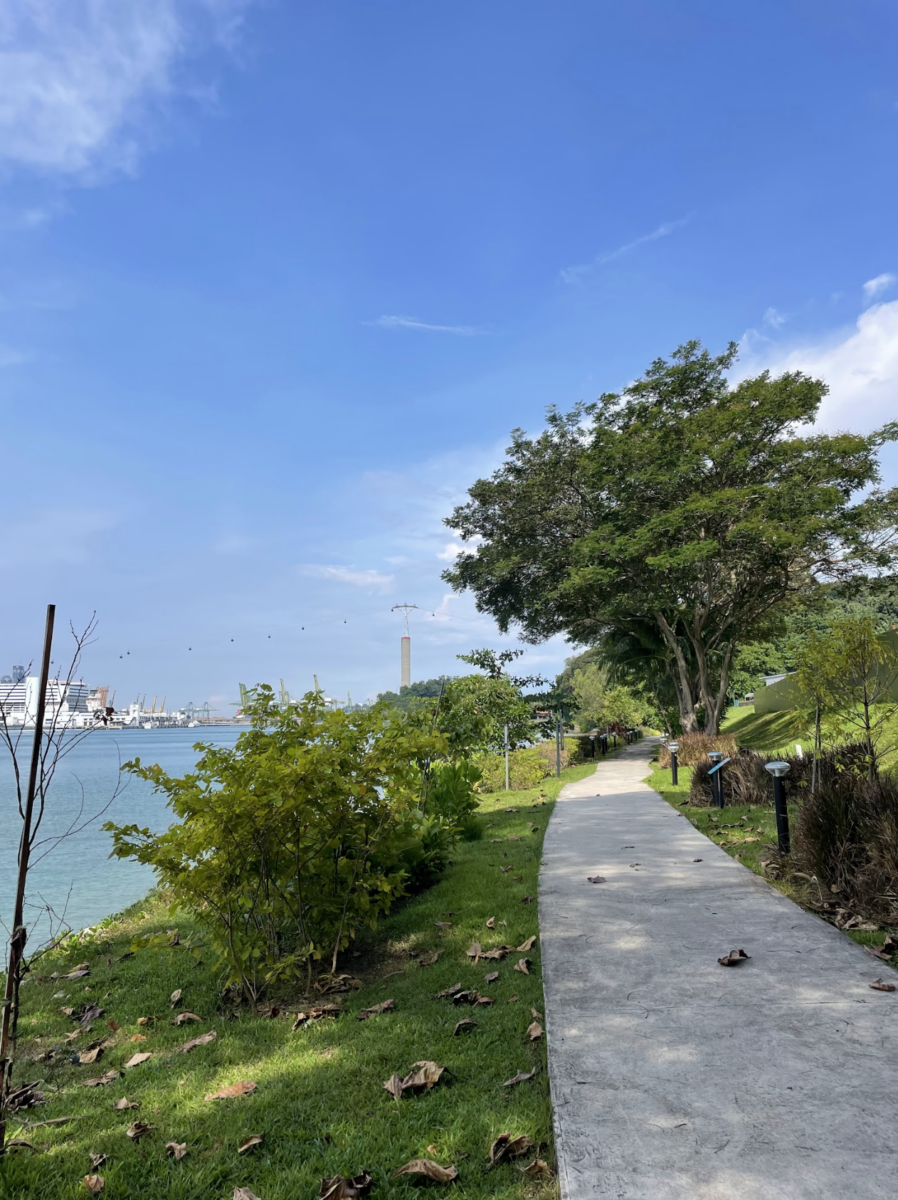
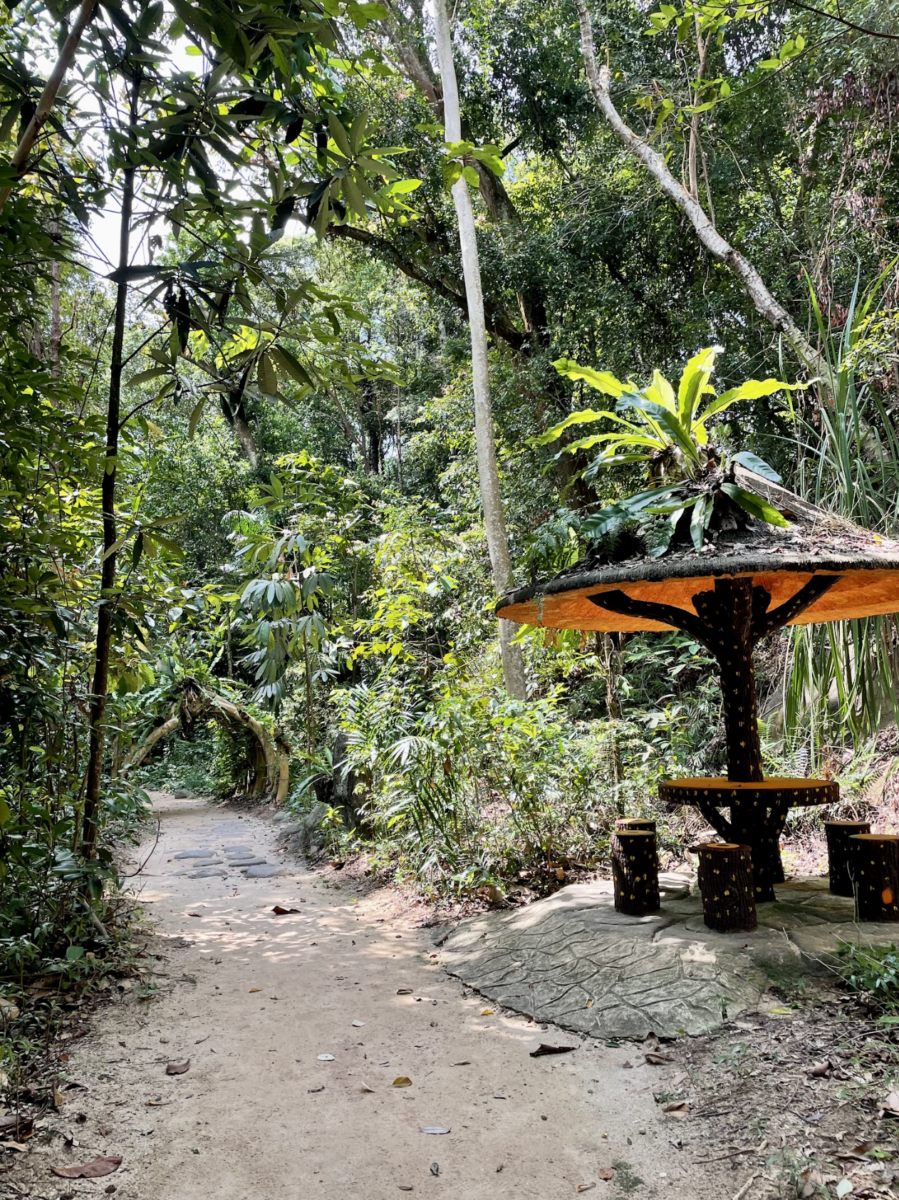
One of the advantages of traveling to Malaysia and Singapore with the Honors cohort was having both structured tour time and free time. In my free time, I preferred to explore different parts of the city with my small group of friends by going to dinner, doing laundry, relaxing at the hotel, or going on more adventures. There were two occasions in Singapore when my friend Melissa and I spent our free time on activities that no one else seemed interested in doing. On our first day in Singapore, we had the option to go to the SkyPark Observation Deck or Sentosa Island. Out of the 22 of us on the trip, Melissa and I were the only ones who wanted to go to Sentosa Island. We left the rest of the group and embarked on our first Mass Rapid Transit (MRT; subway) adventure in Singapore. We did not have SIM cards while abroad, so we had to rely on physical maps and MRT schedules. The MRT was easy to navigate! About twenty minutes after we boarded, we arrived at the Sentosa stop. The MRT station opened up into the largest mall in Singapore and we decided to grab some lunch before heading out to the island. To get to Sentosa Island, you can either ride cable cars in the sky or take a free tram. Of course, we would have wanted to take the cable cars, but it was outside of our budget. We opted for the free tram and headed out to the island.
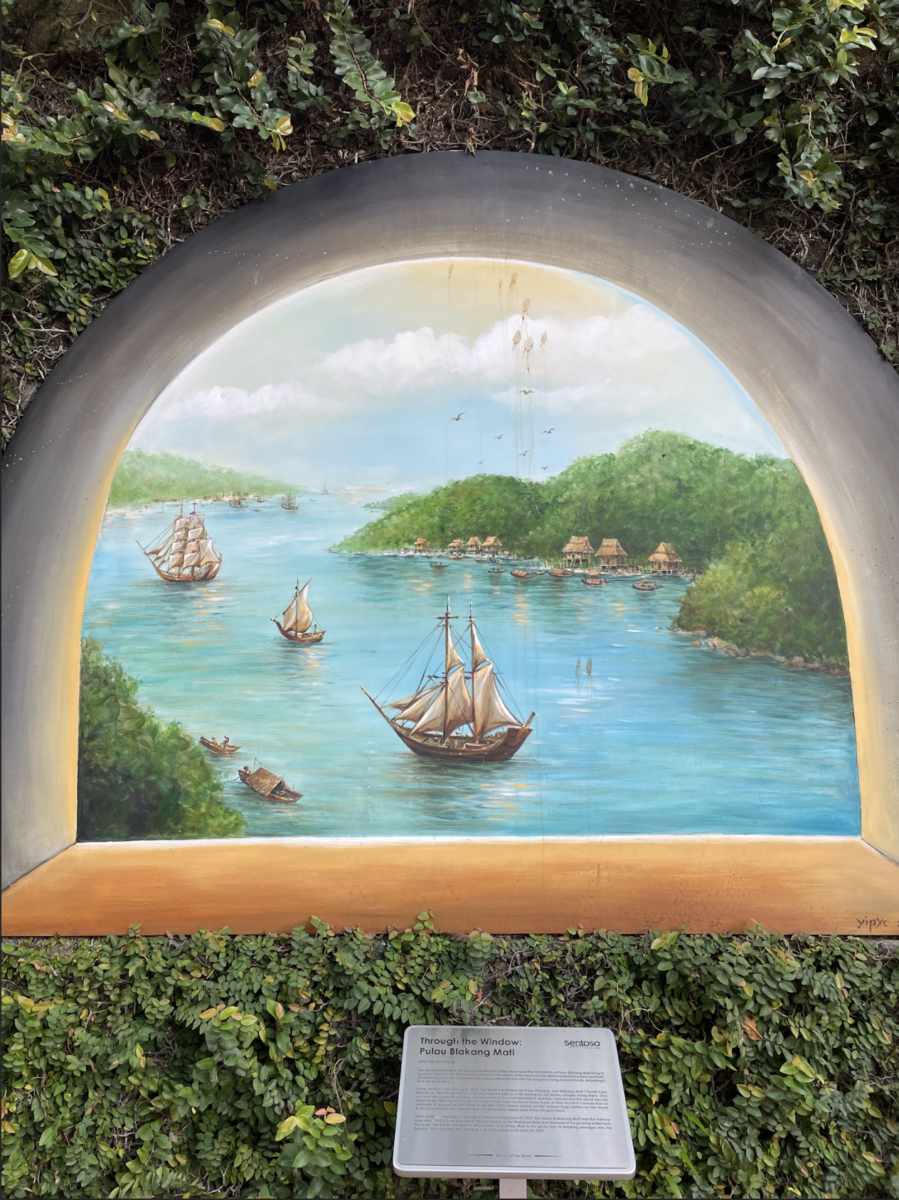
Sentosa Island is mainly a resort and home to theme parks like Universal Studios Singapore. However, we discovered that there were also hiking trails and great views of the ocean. We first stopped at the Sentosa Nature Discovery to read more about the habitats and animals in Sentosa. After this, we hiked on a series of different trails through the rainforest and along the coast. This was the first time that we were able to hike on this trip. It was refreshing to enjoy nature without the bustling nature of cities that we had experienced thus far. After hiking, we found a free observation deck where we were able to walk along a pathway in the sky. To our left was the main island of Singapore and to our right were the sandy beaches and ocean.
For our last night in Singapore, Melissa and I wanted to make the most out of our evening. We were interested in the Night Safari near the Singapore Zoo. However, the Night Safari was on the opposite side of the island from where we were staying. We ultimately decided we were up for the adventure and were excited to experience the world’s first-ever Night Safari. The MRT journey took us over an hour with an additional fifteen-minute bus ride to the Night Safari.
At the Night Safari, we did three activities: a tram ride through the jungle, walking trails to view animals, and an animal show. Because the Night Safari is home to only nocturnal animals, it was a unique zoo experience. The tram ride was a great way to be introduced to many of the animals in the park while sitting down and covering a lot in a short period of time. In addition to the tram ride, there were four walking trails we could explore. Each of the trails had different kinds of animals that belonged to similar groups. We saw everything from elephants and tigers to aardvarks and wallabies. There was also a cave with snakes and bats which was the most terrifying part for me. Our night ended with the animal show where different nocturnal animals were brought out so the audience was able to learn more about their abilities and characteristics. One highlight of the show was when hyenas and otters did a short demonstration on how to properly recycle. Even though it was a long journey to get to the Night Safari, it was an enjoyable and unforgettable experience.


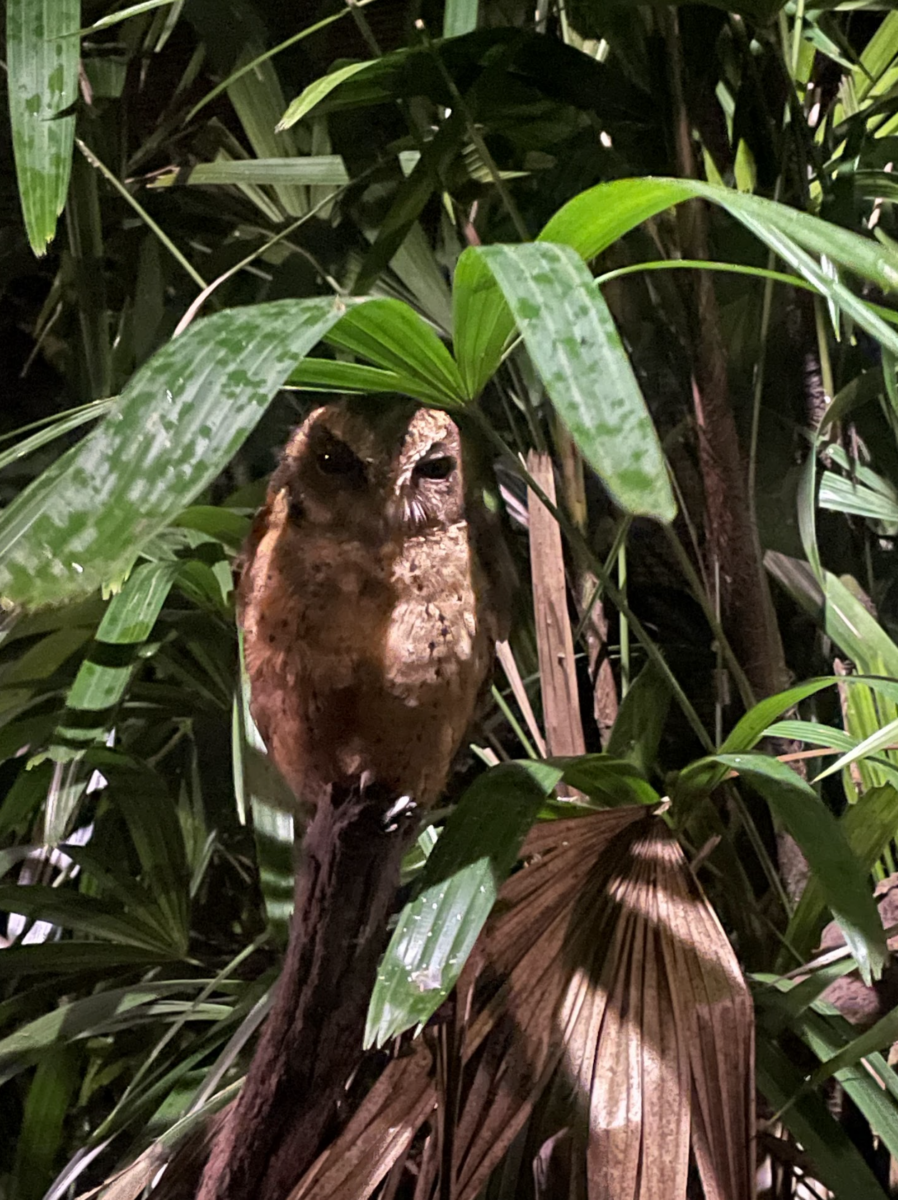

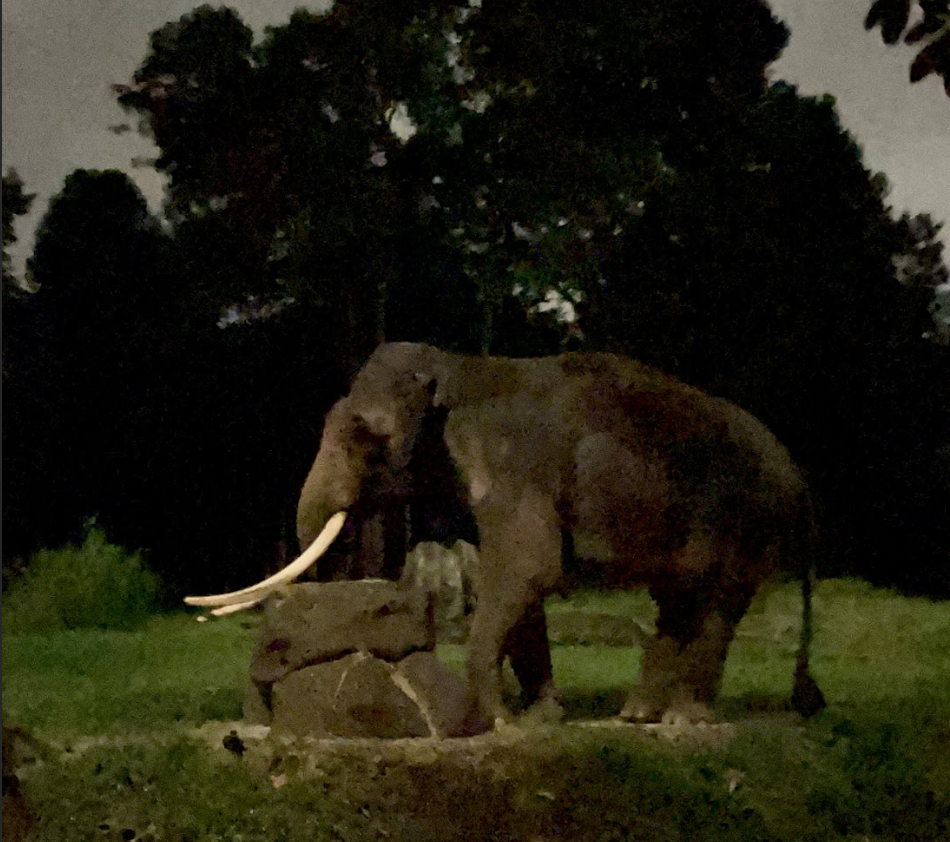

The Honors Study Tour to Malaysia and Singapore not only immersed me in the culture of Southeast Asia but also influenced my personal growth. I thoroughly enjoyed each cultural and historical landmark we visited as it furthered my understanding of what we had learned in the classroom. Being able to visit countries and experience firsthand what we had seen in school solidified material in a way that I have never experienced in another college course. In addition, the time spent navigating public transportation, exchanging currency, talking to locals, eating street food, and exploring in our free time contributed to my confidence in international travel. This trip influenced me as a student and developed me as a person in ways that will continue to unfold for years to come.
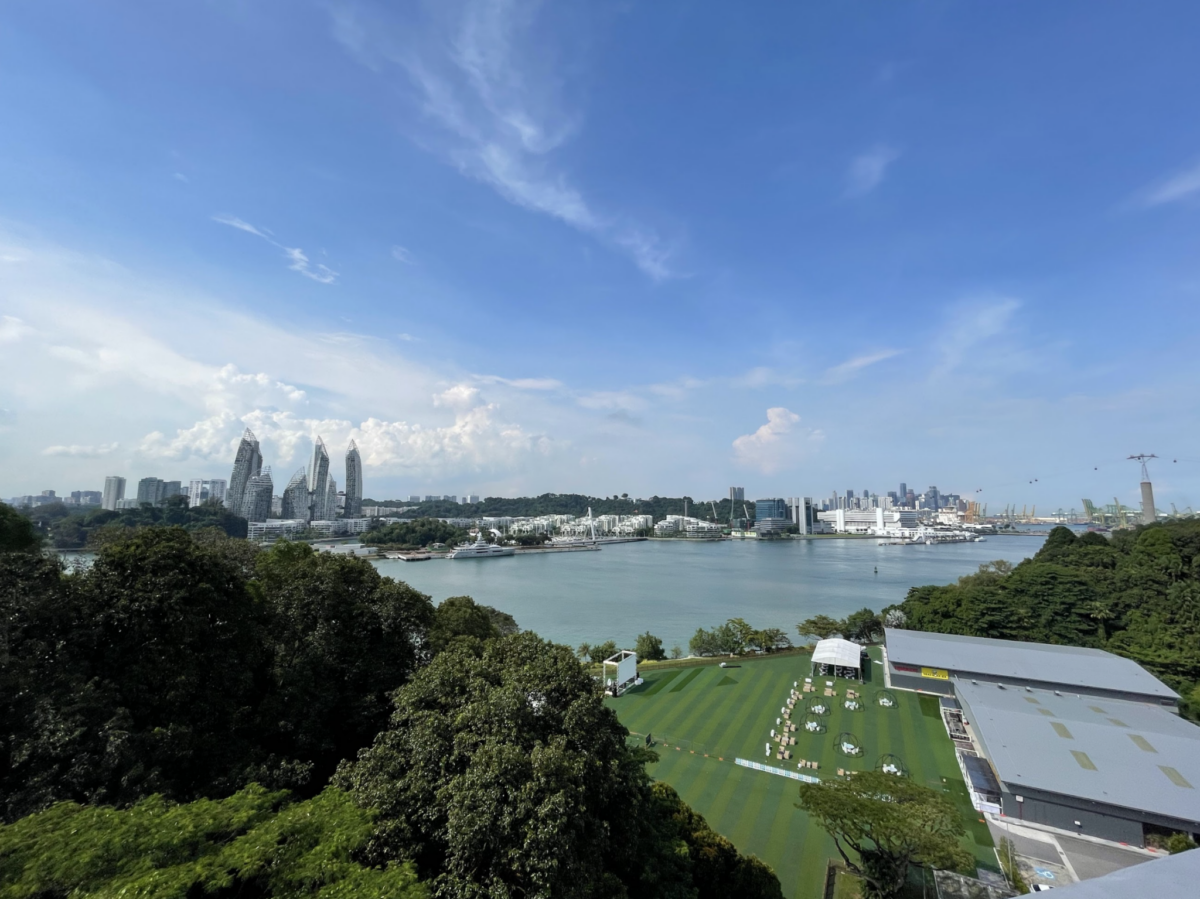

To read daily journal entries of my experiences in Malaysia and Singapore, click here:
https://hrbarnhart22.wixsite.com/mysite
— Hannah Barnhart (Accounting/Pre-Law, Class of 2023)
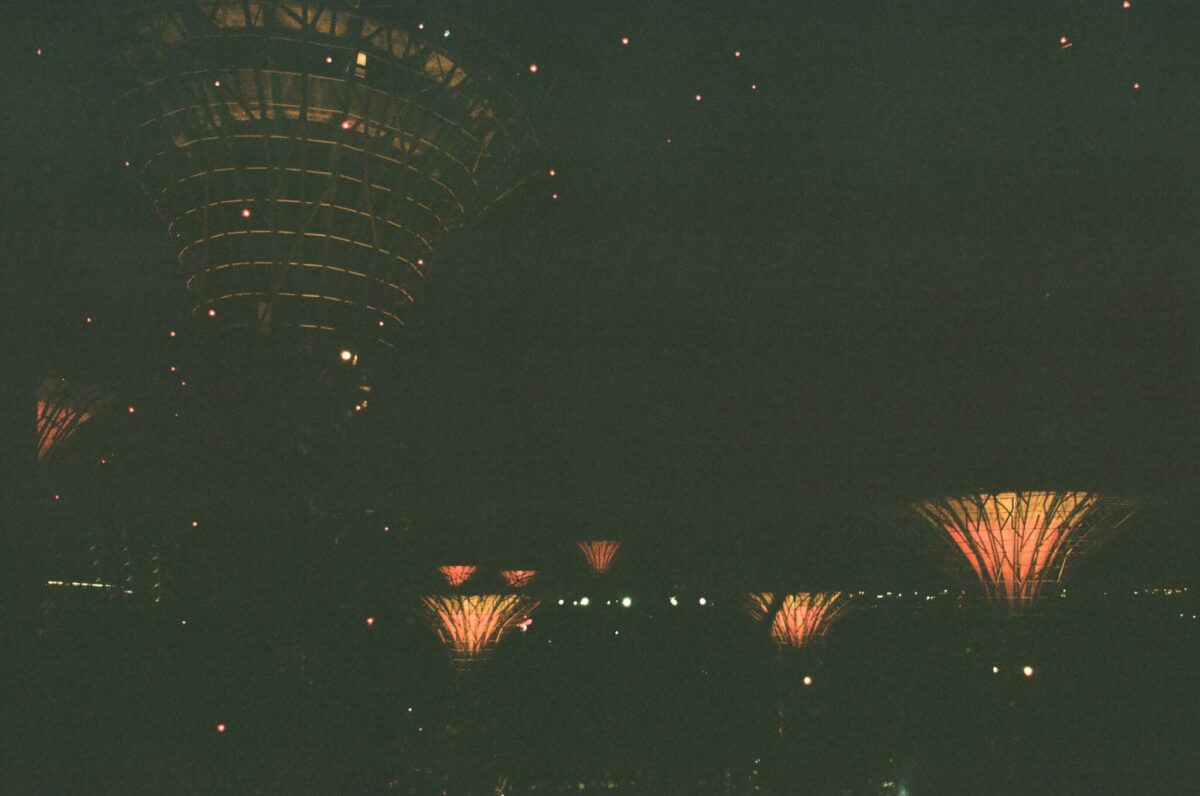
During spring quarter 2022 of my sophomore year, I took UHNR 231 Global Cultures in Context: Theories & Perspectives with Dr. Chuah, which was a class I looked forward to each week. In that course, we learned about Malaysia and Singapore’s cultures and backgrounds. We watched movies about the two countries and gave presentations about issues or events that occurred there. I appreciated how diverse and lush the two countries sounded, which made me even more excited to visit these regions of Asia. Even while enrolled in the course, however, we were still unsure if the trip would be possible due to the fluctuating COVID-19 travel restrictions. The class of 2023 cohort had taken this class via Zoom and would be joining the class of 2024 cohort if we were able to travel.
When we got the green light to go, we had Zoom meetings in the weeks leading up to the trip. We all met at LAX and prepared ourselves for the 30-hour travel ahead of us. Once we arrived at the Kuching International Airport, we then spent two days in Sarawak (the eastern side of Malaysia). On this trip, I was excited to use a 35mm camera that was handed down to me. I was a little nervous putting the film rolls through TSA but thankfully had them hand-checked so they would not get damaged.
A few days later, we flew to Penang and went to the Kek Lo Si Temple which had an inclined lift system. Before taking the lift system, there was a pond filled with turtles. For a couple of ringgit, we could buy leaves to feed the turtles. At the top of the temple, the Kuan Yin goddess resides, also known as the goddess of mercy. The giant pavilion (its height equivalent to a 20-story building!) covers her, giving her shade and protection from the rain. Our tour guide, Benny, described the goddess as the Statue of Liberty but without the bronze rusting due to changing weather conditions.
In Penang, we also took a quick tour of the Penang War Museum, the largest war museum in Southeast Asia. The museum was initially a military fortress designed by the British in the 1930s and was abandoned for almost 60 years. This changed when Mr. Johari Shafie expressed interest in the history of Malaya and made the Penang War Museum a member of the Founding Congress of the International World War II Association. We crawled through underground bunkers, observe the medical offices, and climb up the observation tower.
The trip aligned with Malaysian Independence Day, and we visited the Batu Caves in Malaysia’s capital city, Kuala Lumpur. The Batu Caves was a treacherous climb (272 steps), but the view from the top is worth it. I learned that Batu in Malay translates to “rock,” and that the caves are made of limestone. On the trek up, I saw an individual carry kavadi, which consists of carrying a pot of milk on their head up the 272 steps. This was an example of a Hindu Tamil practice, usually performed during the Thaipusam festival. This individual was struggling –– they were practically kneeling and crawling up the steps –– with friends surrounding them to keep going. Thaipusam is held in February and is the celebration of Lord Murugan, who is considered to be the divine son of Lord Shiva and Goddess Parvati. Murugan is the 140-foot statue at the bottom of the Batu Caves and has the capability to destroy evil forces.
In Singapore, we visited the Sultan Mosque, where we were asked to remove our shoes and wear a robe that went over our clothes. The mosque has a prayer hall that can accommodate up to 5,000 people in mass prayer. It is where many Islamic worshippers go to pray but also a place where visitors and tourists could learn more about the Islam religion. There were infographics and photos on what mass prayer looks like and why Muslim women wear a head covering. There was also a brief explanation of the Quran.
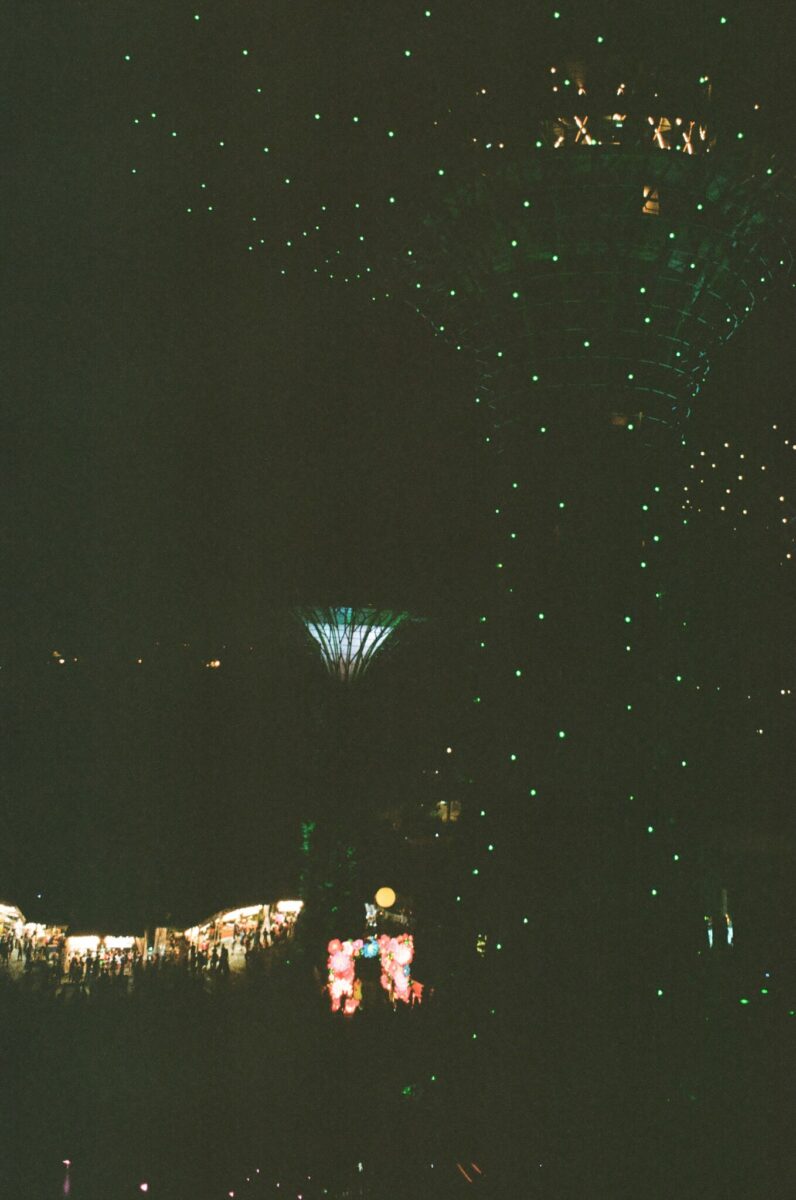
The next day, we visited the National Museum of Singapore and the Gardens by the Bay. The Gardens by the Bay was the most picturesque and beautiful place I had visited so far on this trip. It was amazing to learn about all the different plants and see the Supertree Groves light up at night.
After our nearly 20-day journey, we finally arrived back at LAX. I can recall the first thing I ate after we landed was In-N-Out, which was quite the cuisine shift from the delicious food in Malaysia and Singapore. Nothing could really compare to authentic Asian cuisine! I was able to develop the film I shot in the two countries. I will cherish those photos. I self-developed and scanned two rolls of film, but I must have loaded the film reels incorrectly since only about five of the photos were visible. It was still a good opportunity to learn about developing film.
During this trip, I was thankful to get to know my own cohort and the class of 2023 cohort. There were four of us in the 2024 cohort, and it was nice to get to know the three of them better. I had known a couple of people in the class of 2023 cohort, but we got much closer and shared many memories together while abroad. To be honest, this trip did not feel like a class; it felt like a great opportunity to explore Malaysia and Singapore with a bunch of other students. It was truly so much fun, and I would highly recommend going on this trip.
FILM Gallery

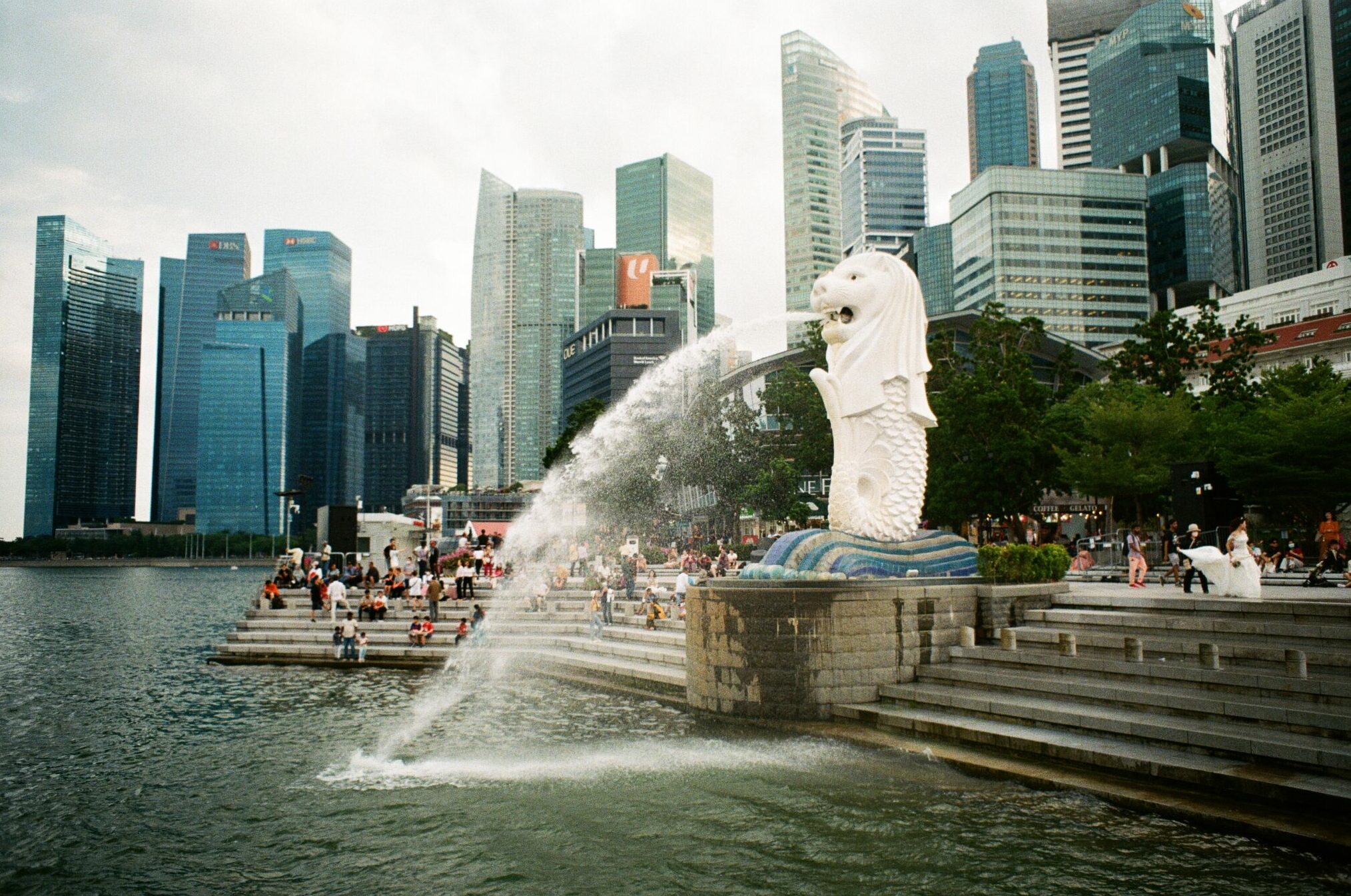


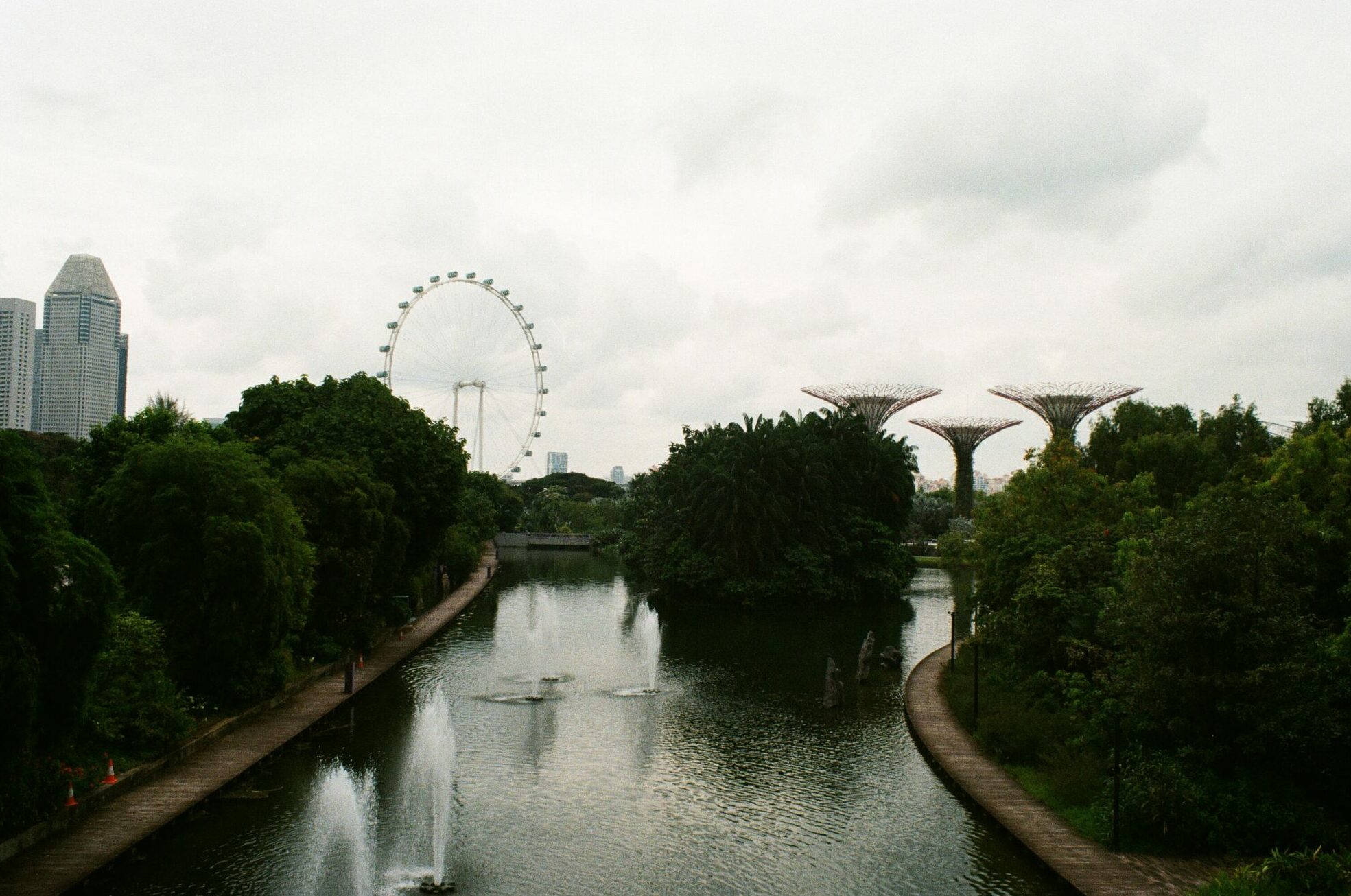

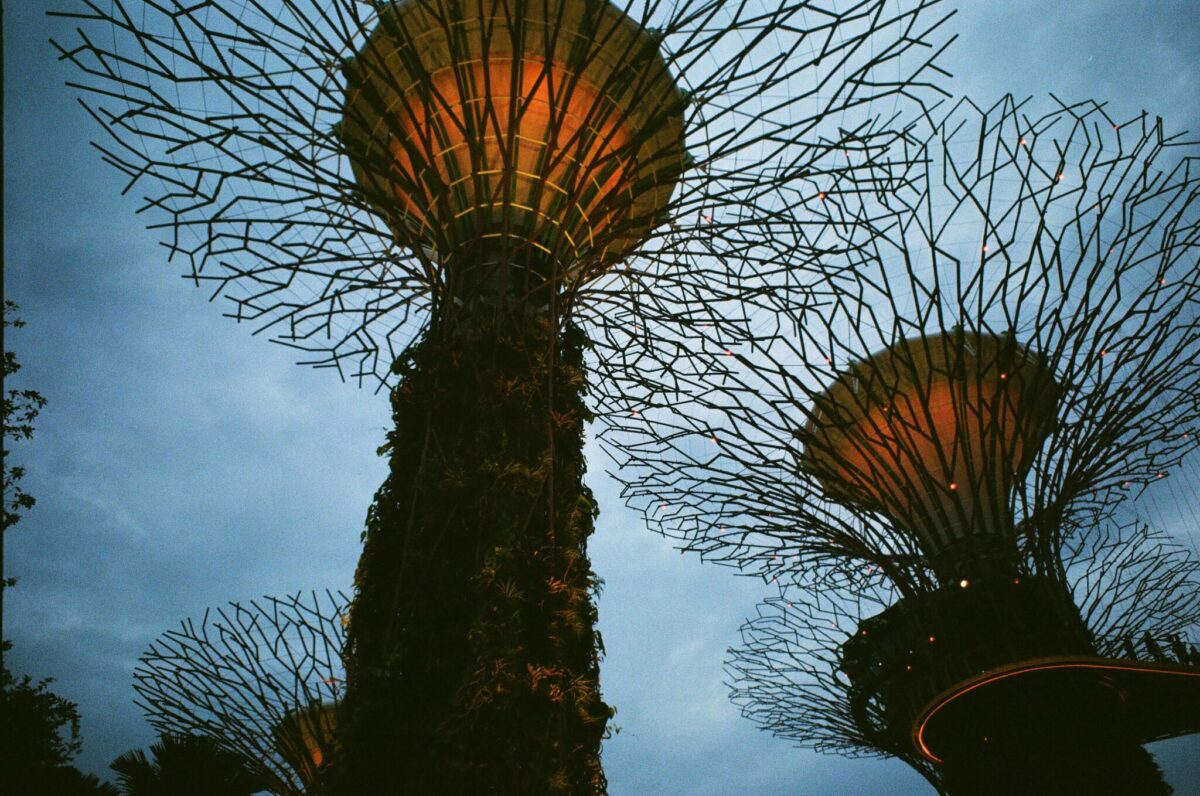
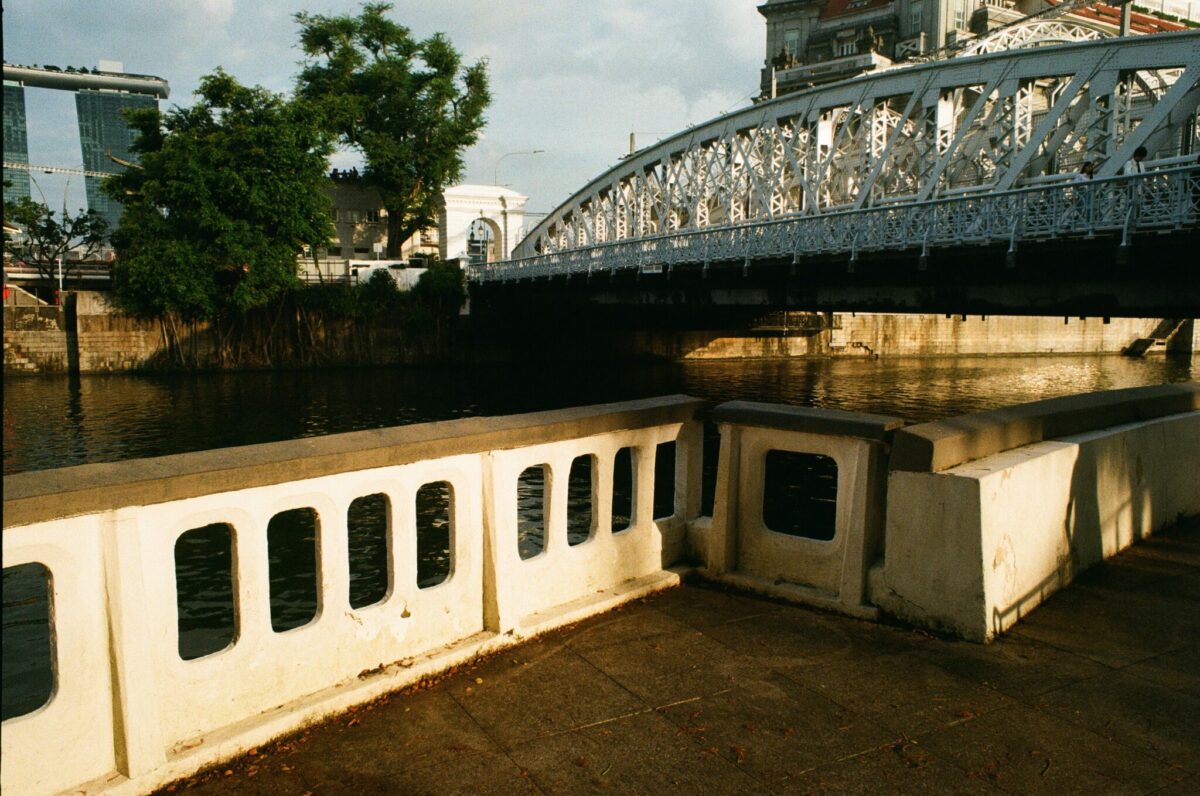

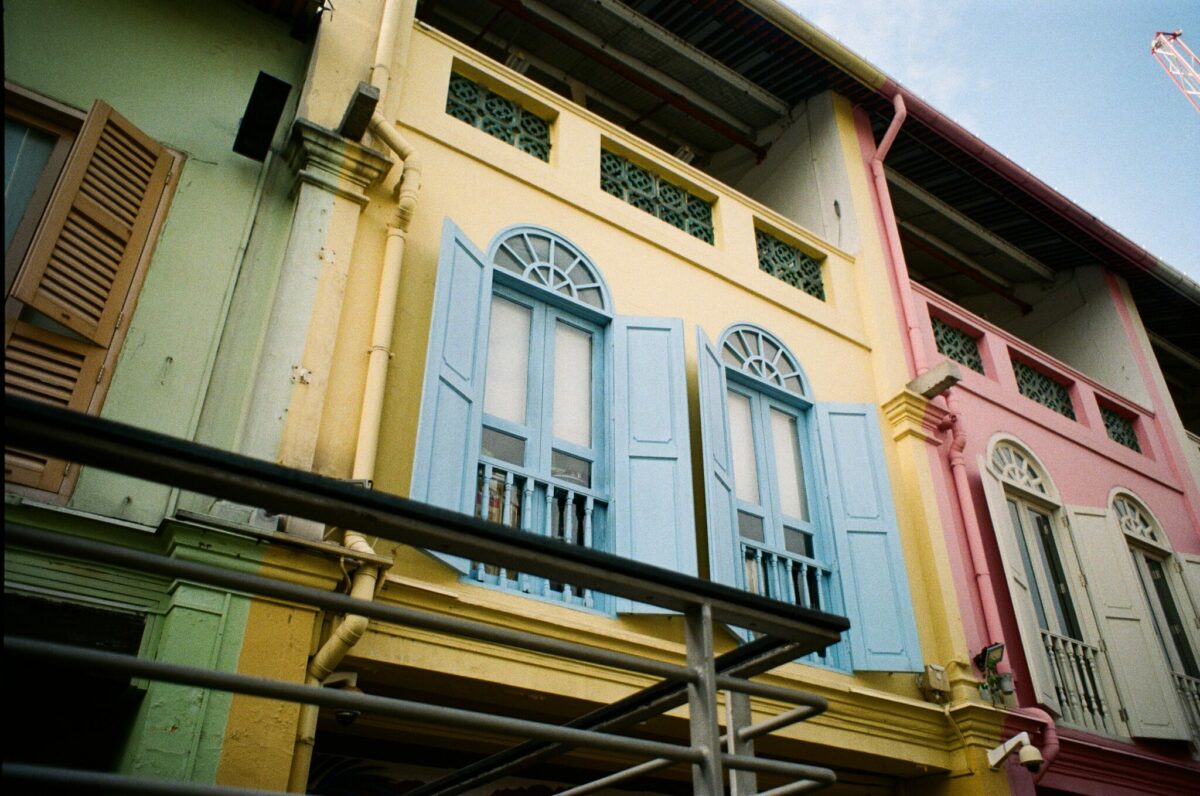
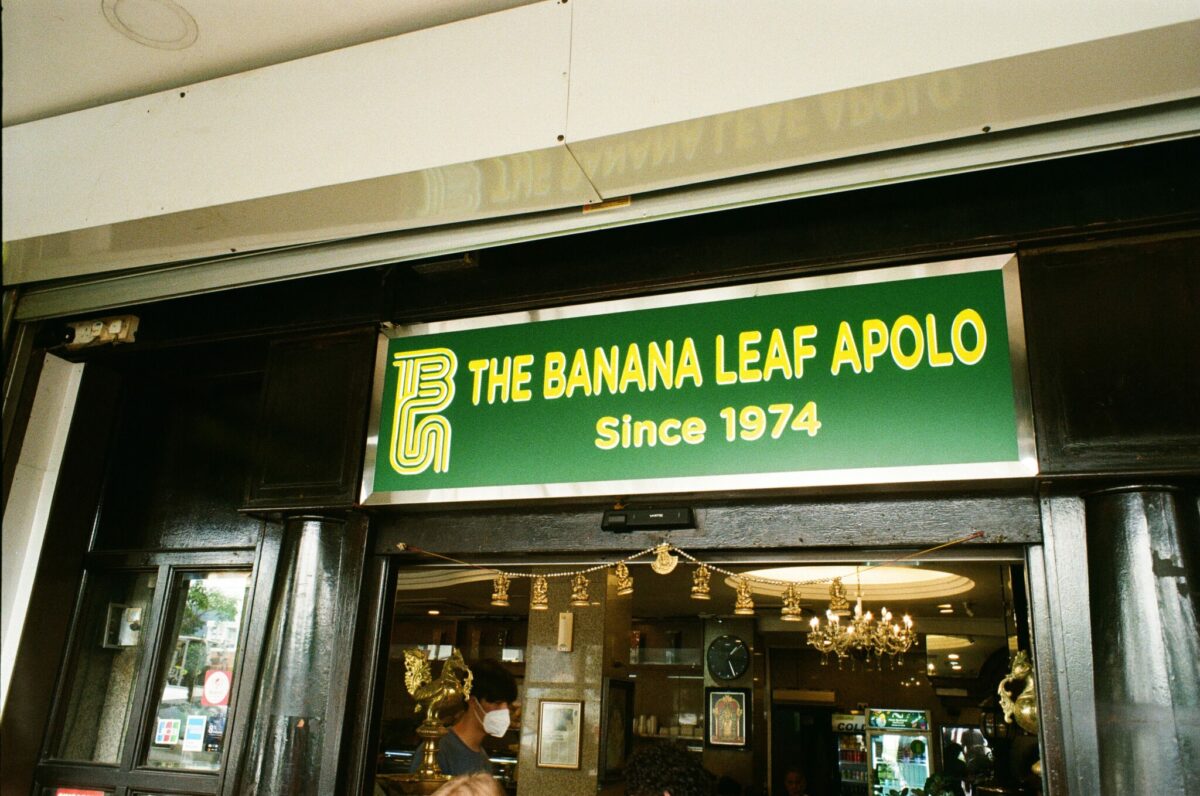
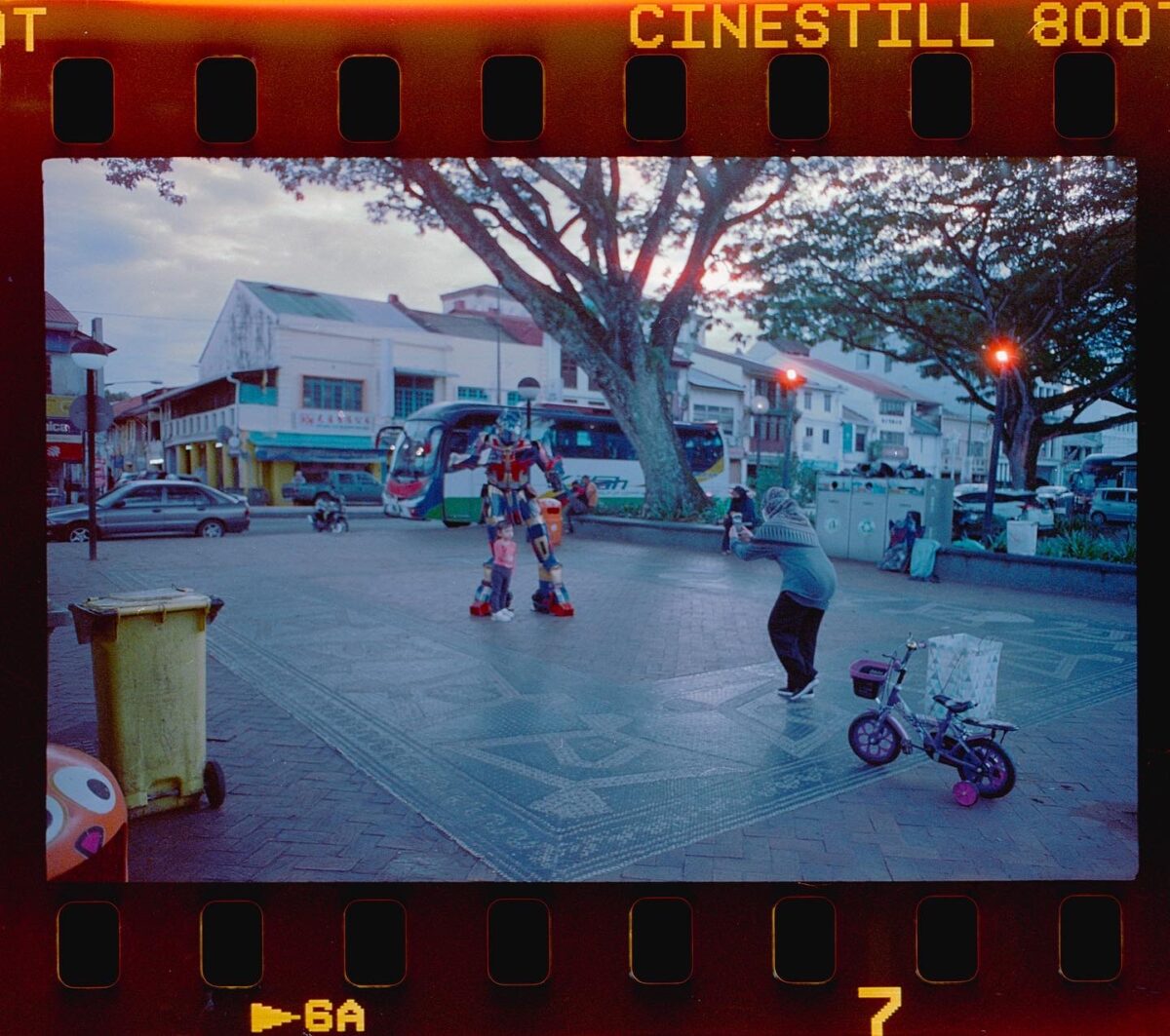

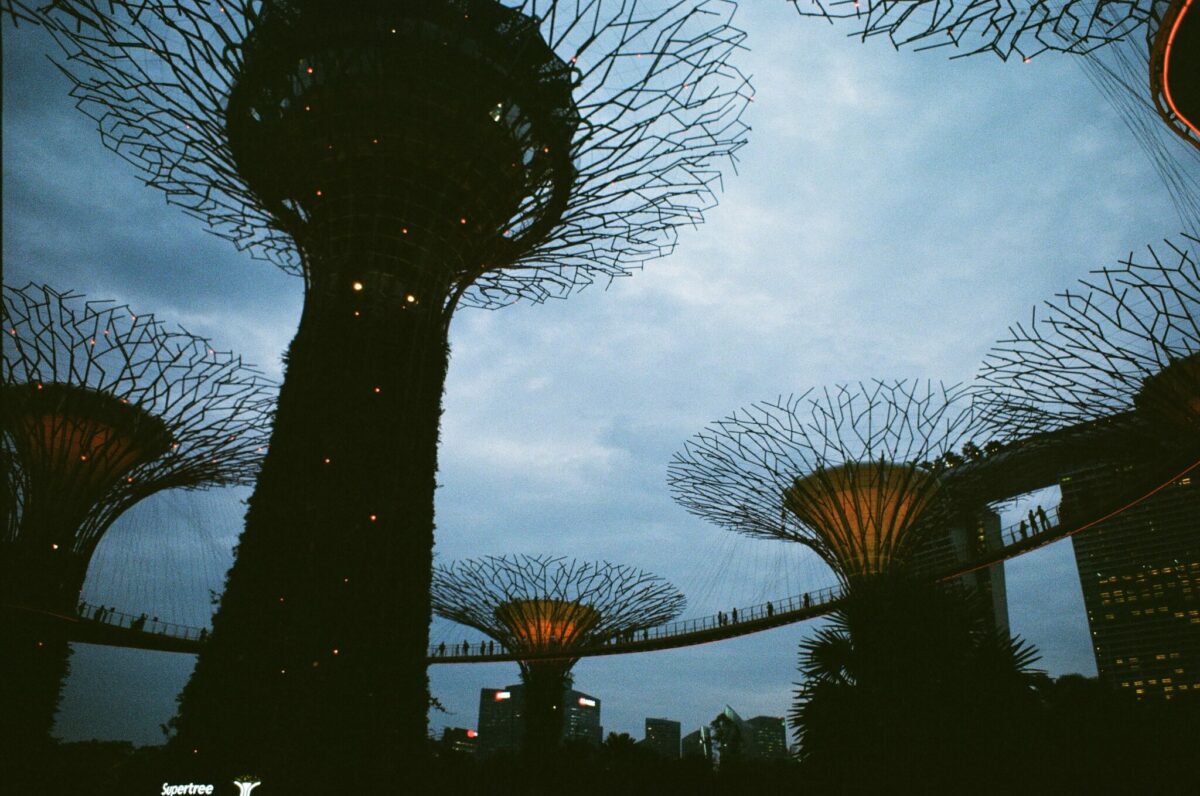
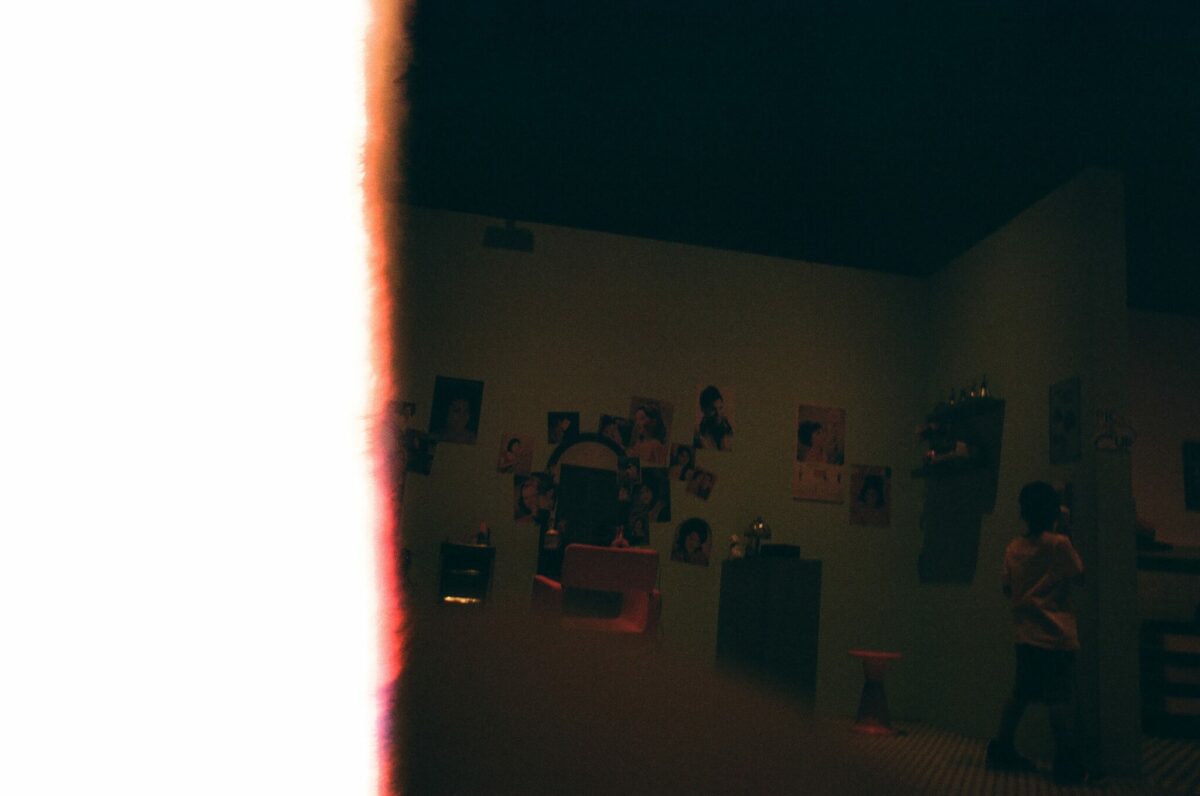



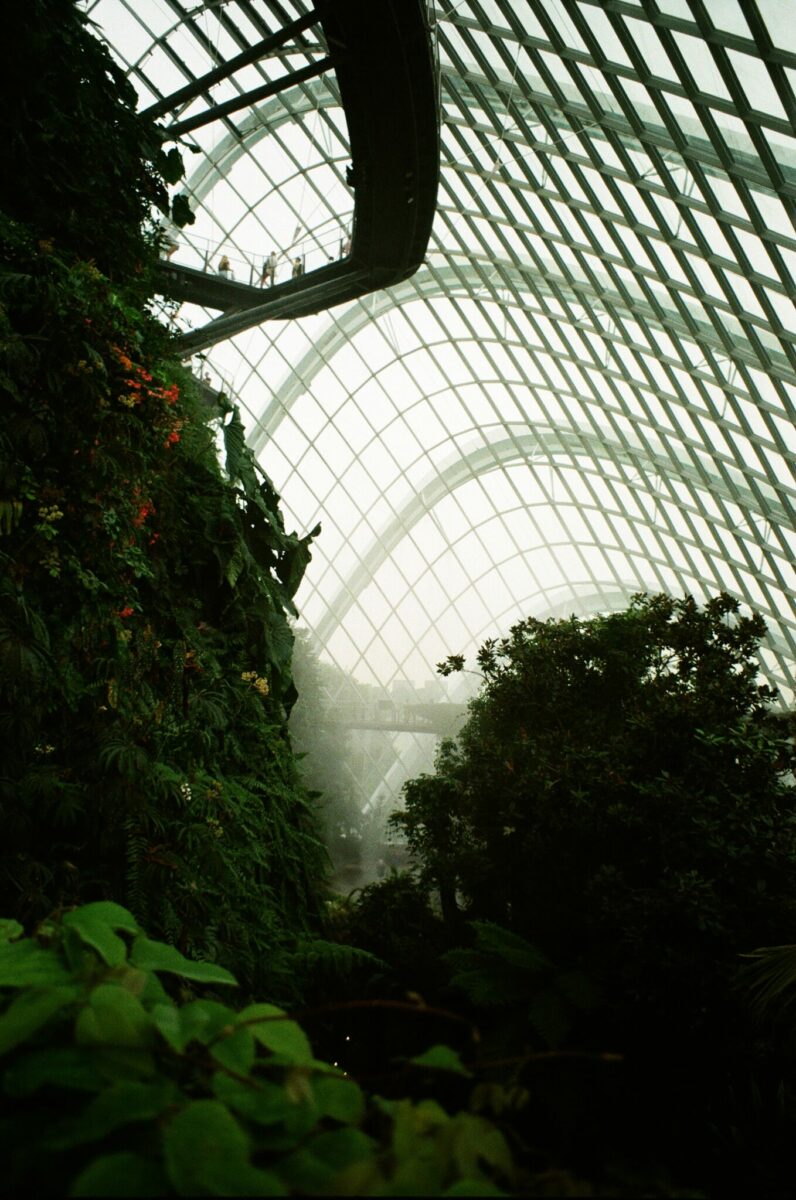


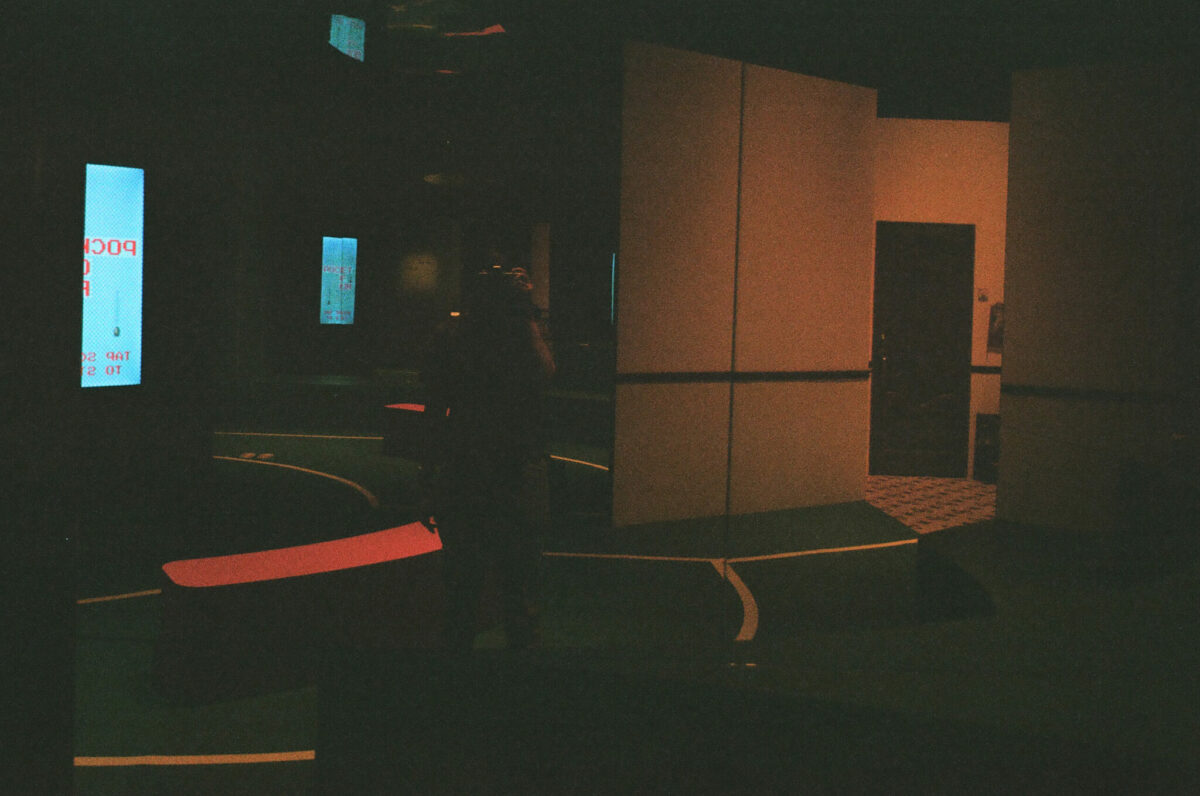

— Fiona Lin (Digital Media in Design & Communication, Class of 2024)

